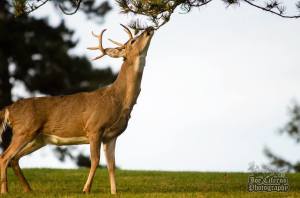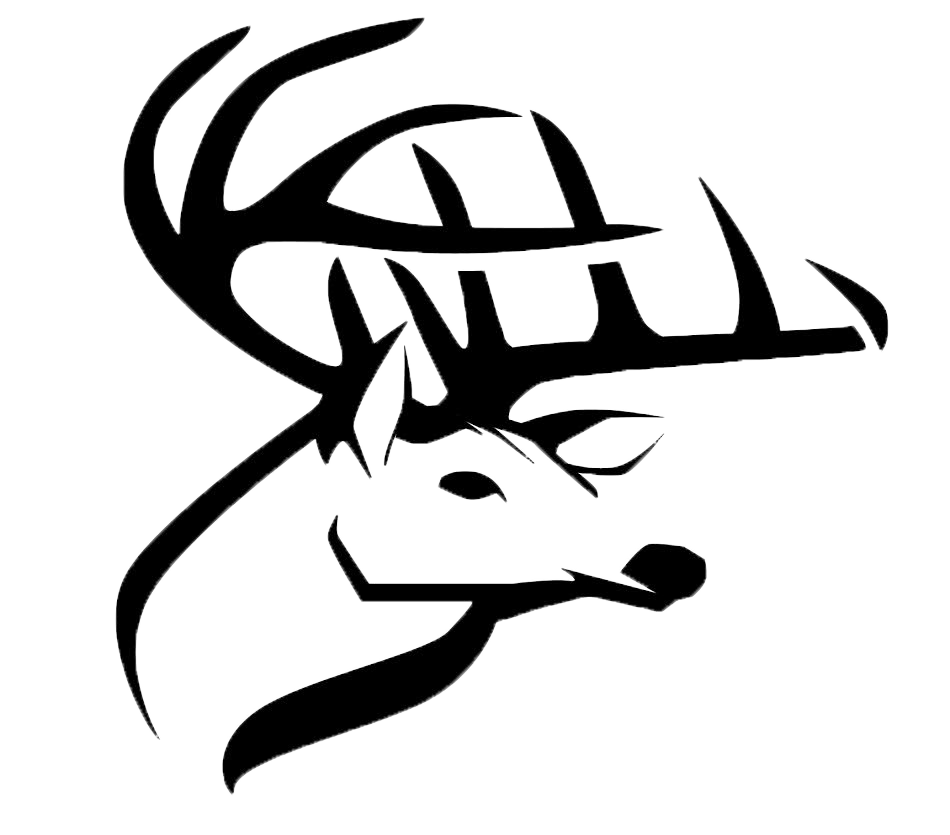 Article contributed by Coleman Dowda
Article contributed by Coleman Dowda
Hunting whitetail during the rut is quite different than hunting during the PEAK RUT period of the season. While the rut is on, most bucks are roaming the woods at all times of the day searching for does in estrus. Since this window of opportunity is so brief (generally 5-10 days), bucks will spare little energy and time to seize these opportunities and will do so with surprising carelessness often times. However, as this window closes, bucks revert back to regular patterns which dramatically reduce their movements during daylight hours. The prudent hunter will compensate for this by changing his/her basic strategy.
The following strategy is proven effective when the common strategies used during peak rut have proven only futile. There are three basic tenets of the strategy which can we will label,
1) position,
2) protection, and
3) incentive.
Once bucks have gotten back to “business as usual”, they have all but eliminated movement during the daylight hours and use this time for resting from their exploits of the rut. As they do need to restore expended energy from the previous two weeks, feeding largely takes place after the sun has set. Big bucks are known to bed in thickets which are often too thick to hunt. But these thickets usually are very close to feeding areas which are found often in fields, plots and other open areas. I’ve found that these are the ideal places to set up as bucks enter these fields come feeding time. I have also found that bucks will make their way to the edge of these fields where they stay until it is too dark for the human eye to see. Or until evolution gets around to developing our nocturnal vision. And since the theory contradicts the Bible on a number of points, I wouldn’t hold my breathe. This is where I will improvise by locating a tall pine at the edge and pushing my way up a good 20-25 feet so that I have a good view down into the thicket. Ideally a thicket with open patches is best as you are hoping he will enter. When you have found this tree and verified a good viewpoint, you have established “POSITION”.
Big bucks depend heavily on their sense of smell and since this is a given I won’t expand on the necessity of covering scent. But I have found in late season when bucks are less careless, lures can be quite effective as a they will not automatically dismiss the possibility of intimate encounters with does that have gone into estrus for a second time or even a younger doe that has blossomed a little later than the others. Deer are curious animals and bucks especially are prone to investigate when intimacy is a possibility. So while I am cautious not to overdo it with lures, neither am I shy with using them in the latter season as they can also serve to cover unwanted scents as well. With this you have established our #2 principle, “PROTECTION”.
Lastly, I have had surprising success with using a bleat or estrus call during the latter season which serves to grab the attention of some bucks and proven to be a good compliment to the lure. Again, I am careful not to overuse my call. I typically will hit the call once every 20 minutes or so and hit one last time 20 minutes before dark. On a number of occasions I have heard the thickets shaking from a buck in transit as the sun begins to set. On as many occasions the buck has remained in that thicket until the sun was gone. Using the call is the first part of the #3 point of the strategy which is “INCENTIVE”. And I have consistently brought bucks to the edge of thickets and on approximately half of these occasions I was able to get off a clear shot as the buck moved through the thicket.
The second part of point #3 is the use of a decoy. For this I use exclusively the fold-up decoys which provide a two dimensional perspective, so it needs to be thoughtfully positioned and depends on the specific layoff the area your hunting. When the buck gets close enough to edge of the field or open area, seeing your decoy may be incentive for him to move closer in.
If the action has decreased once the rut has concluded, this strategy will likely increase your odds at taking a buck. Additionally, I have tweaked this strategy as needed while hunting a specific buck that I know is in the area. A fellow hunter told me once that hunting trophy whitetail is much like playing chess and I have found that this is true indeed, so don’t be overly mechanical. Much of it is a game of wits. Good luck.
Dowda, Coleman “Post Rut and Late Season Deer Hunting Strategy.” Post Rut and Late Season Deer Hunting Strategy EzineArticles.com. http://ezinearticles.com/?Post-Rut-and-Late-Season-Deer-Hunting-Strategy&id=3450314

This was very informative and brought up a key point most forget. I have had great success going back to the bedding or area where I seen trophy buck visiting feeding grounds in september or I have found there sheds the season before hardest part is getting close enough without being detected and finding the deer after the shot due to the cover. Best time I fo believe are playing the the storm’s ice or sleet with high winds and clearing up over night where it forces them to stay put and come out earlier am for the first time in 20 + hrs. Decoy a very successful time to use being u did not try or educate them in nov.